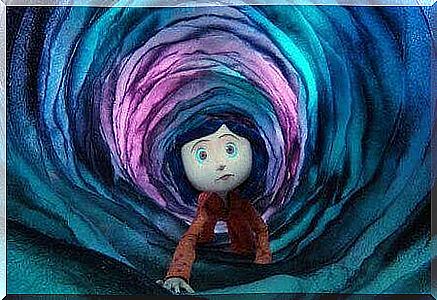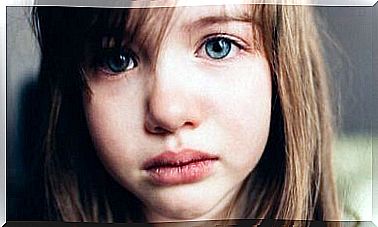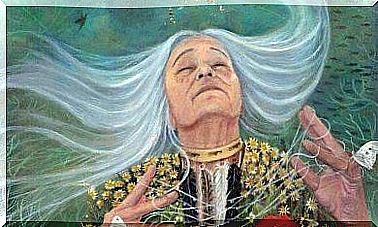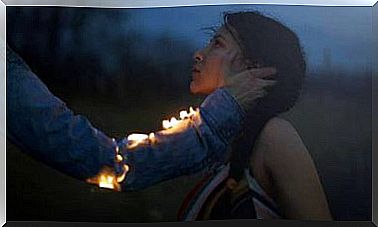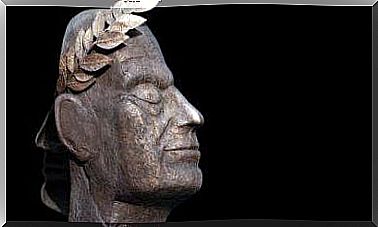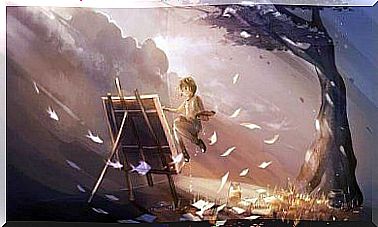Pan’s Labyrinth: When Disobeying Is A Duty
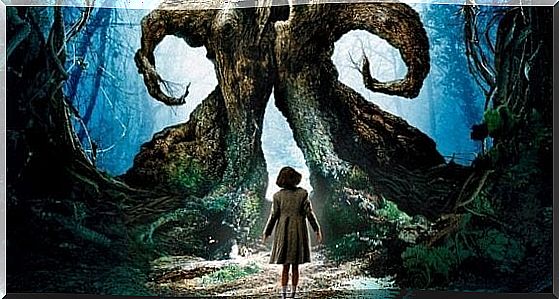
Pan’s Labyrinth (2006) is, for many, the greatest work of filmmaker Guillermo del Toro. It is the film that best represents his cinema and his passion for the fantastic. The success of this work has been undeniable. She has received numerous awards, including three Oscars: best photography, best art direction and best makeup.
The plot places us in one of the saddest moments in the history of Spain. In 1944, five years after the war. A time when hunger and misery were wreaking havoc in the society of the time. A time when it was hard to imagine. To dream. To believe in fairy tales. International isolation, submission to a fascist ideology and misery represented the daily life of a large part of the Spanish people.
Pan’s Labyrinth presents us with two stories that will eventually merge. The simultaneity of the stories is done from the beginning. While a voiceover tells us about a princess who lived a long time ago in an underground kingdom, we read sentences that place us in post-war Spain. “Hidden in the mountains, armed groups continue to fight the fascist regime. The latter struggles to suffocate them ”. We also hear a background melody which inspires us a fantastic universe. And, at the same time, the restless breathing of a little girl in pain.
This girl is Ofelia, the link between the two stories. We move from the harshest reality, from the submission to a regime and the resistance of the anti-Franco guerrillas to the innocent imagination of a little girl, to the imagination and innocence that many have lost after the war. Del Toro manages to fascinate us with its aesthetics. His underground world which, like the world of humans, is not free from dangers. Fantastic world and reality. Fairy tales and misery. But, above all disobedience. Here’s what Pan’s Labyrinth is.
Why Ofelia?
The name of Ofelia immediately reminds us of Shakespeare and Hamlet. Ophélie, daughter of Polonius and sister of Laërte, is the bride of Prince Hamlet. She loses her head after the death of her father (murdered by mistake by Hamlet) and her madness transforms her into a childish, innocent and tragic character.
His death, never represented on stage, is narrated by Gertrude, Hamlet’s mother. She is considered one of the most poetic deaths in literature. Ophelia is a woman destroyed by love and by the death of her father. This character has inspired an infinity of romantic paintings because it is a representation of femininity, innocence, love, death… The narration of his death is magical. It is a fusion with nature. It is not an agonizing death but serene.
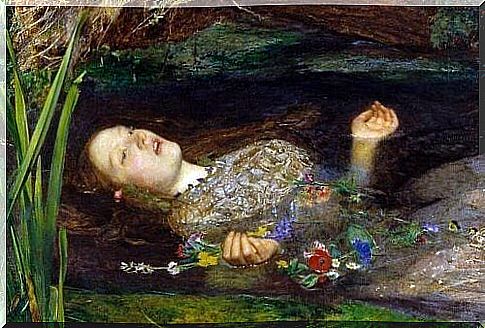
Shakespeare’s Ophelia appears to be submissive and obedient to the world of men; however, this submission begins to fade when she loses her mind. We will see her accompanied by a woman, Queen Gertrude. The image of Ophelia’s death is associated with something mystical, almost fantastic, as if a being from another world is returning to its natural state.
Thus, the choice of this first name in Le labyrinthe de Pan is not by chance. Del Toro wants the viewer to associate the innocent little girl with Shakespeare’s character. We can also see some similarities between Carmen, Ofelia’s mother, and Queen Gertrude; both, after becoming widows, remarry a cruel man. Carmen marries Captain Vidal, a captain in the service of Francoism who is located in a locality in the Pyrenees in order to eliminate all traces of Republican guerrillas.
Women in Pan’s Labyrinth
The society presented to us by Pan’s Labyrinth does not put women first. Carmen represents the values of the traditional woman submissive to the man. Mercedes, the housekeeper in Vidal’s service, assumes a break with these values and although she seems apparently loyal to the captain, she struggles to try to help the Republican guerrillas. Ofelia, she lives a parallel story to that of Mercedes. She will also be the main character, the one responsible for making the underworld prosper.
Del Toro sought to present the patriarchy as negative and, in the face of this, decided to praise the virtues of the feminine universe. In the underground realm, there is no Sun. The Moon dominates; however, it is an element loaded with feminine connotations because of its relationship with the menstrual cycle and motherhood. In the human world, the Sun will blind the princess and make her forget all of her past. The Sun represents the male world and acquires negative connotations.
Another figure also appears. That of the mandrake. A plant whose roots are very reminiscent of a human figure. Ofelia uses the mandrake to help her mother during her pregnancy. She puts it in a bowl with milk which represents the mother’s side.
Captain Vidal will be the monster of this story and embody all patriarchal values. Ofelia, she is the complete opposite. Two stories and two worlds. The underground will be the innocence of the child, the feminine side; the real world, hostile, painful and at war, will be associated with the masculine side.
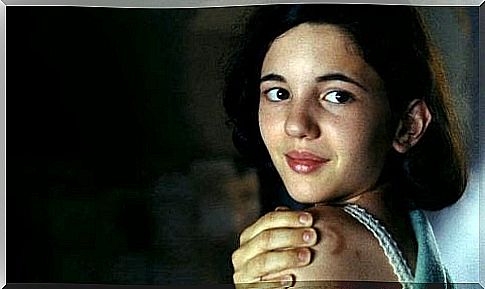
Symbolism
At the beginning of agriculture, certain tribes like the Sans saw the underworld as a place linked to the transit between life and death, to magic. Many stories from the oral tradition pick up tales of little girls who fall into the underworld and have an experience that will eventually turn them into women. This place is synonymous with the loss of innocence and the metamorphosis of the child.
In this underworld, it is common to see animal figures appear with human characteristics, trials, temptations, and a guide whom we cannot always trust. These stories have a strong didactic character. They work like myths, and this is what also happens in Pan’s Labyrinth.
Fauna (Pan) represents the pastoral world. Contact with nature. It functions as a connection between the two worlds. However, he is not an entirely reliable character. The labyrinth is a kind of search for truth but also for danger. The tree and the blood are associated with life; the pale man represents the power and oppression of the real world. Time, meanwhile, is tied to Vidal, who still controls his watch; this fact can also be associated with the god Chronos.
Number 3 is a constant in the film (the three trials of Ofelia, the three fairies…). This figure represented the deity in classical mythology. And, in the Christian religion, it is associated with God, with the Trinity. Thus, Del Toro constructs a perfect, divine universe, as if it were a myth.
The desobedience
As in all myths, there is a lesson: disobedience. Del Toro wanted to set up a reality in which there was only one line of thought. A reality in which to disobey becomes a duty. We find characters like Mercedes, the doctor or the Republican fighters who, despite oppression, decide to disobey. Disobedience has two faces. It leads to error when Ofelia falls into temptation and tries to taste one of the fruits on the pale man’s table. But she is perfectly righteous when the little girl disobeys the fairies.
The characters represent a reality. However, they are drawn following archetypes. There are no neutral figures, only the good guys on one side and the bad guys on the other. Del Toro therefore adopts a totally subjective posture, he is not impartial and clearly positions himself on the side of the resistance, the guerrillas and all these characters who disobey.
At the end of the film, the debate is open. Was Ofelia’s adventure real, or was it out of the little girl’s imagination? For Del Toro, it’s perfectly clear: everything was real.
